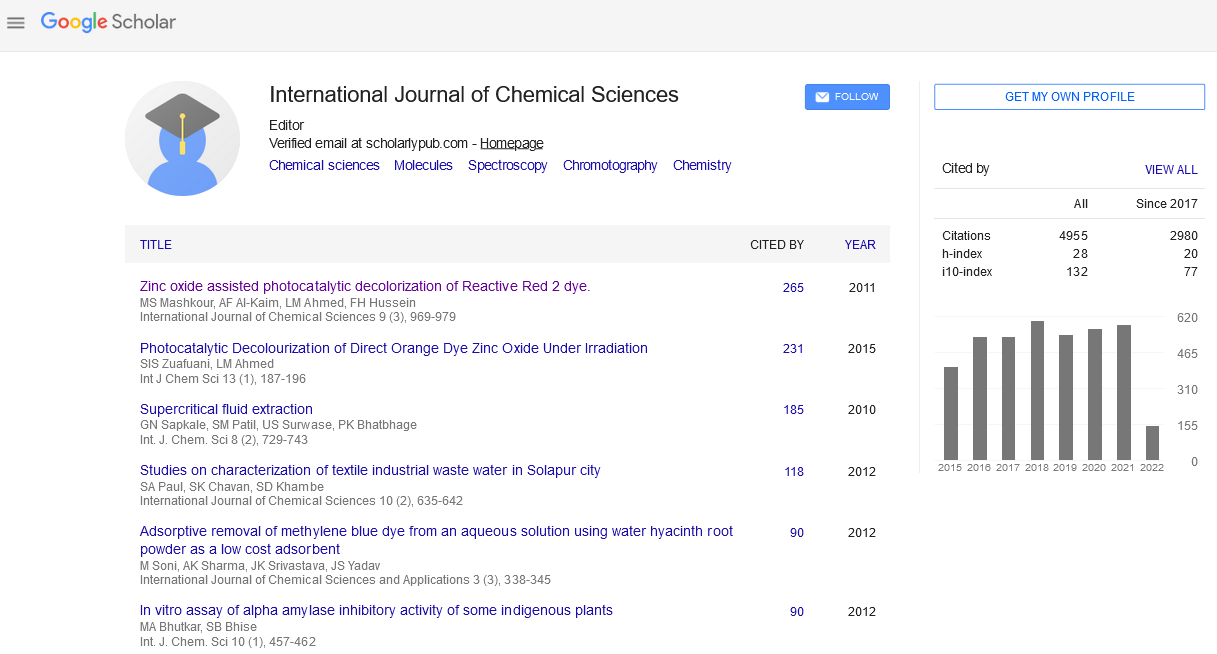摘要
鼻用黄体酮-蛋白蛋白黏附微球的制备及体外表征
作者(年代):B. K. JAIN和S. KOHLI在进行的研究中,通过鼻腔途径研究了孕酮交联蛋白蛋白微球(PG)。采用戊二醛交联和热变性技术,采用多重乳液法(o/w/o)制备了尺寸为15 ~ 37 μ m的光滑球形交联鸡蛋白蛋白微球,并将其负载在孕酮中。采用不同的药物/聚合物比例制备了微球。在配方中加入蛋白蛋白作为黏附聚合物,以增加微球在鼻粘膜上的停留时间。对白蛋白微球的粒径、产率、包封率、形状和表面性质、药物聚合物相互作用、黏附性能和鼻给药适用性进行了表征和评价。研究了工艺变量对微球粒径的影响。用扫描电镜观察其形状和表面形貌。安慰剂微球表现出光滑的表面,而药物的加入赋予表面轻微的粗糙度。优化后的工艺和配方参数使微球呈球形,表面刚性,粒径范围为15.56±37。31日μm。 The in vitro diffusion of PG from the prepared microspheres exhibited the extent of drug release decreased from 91–69%. The release of the drug has been controlled by swelling control release mechanism. No initial burst release has been recorded except for PG microspheres stabilized by using 25% w/v glutarldehyde as cross-linking agent. Modeling drug release from polymeric controlled drug delivery systems has led to a wide spectrum of mathematical models. The drug release from PG microspheres obeys Krosmeyer-Peppas model and non-Fickian diffusion pattern. Among the system examined glutaraldehyde cross linked microspheres show the highest release rate while the thermally cross linked microspheres had the lowest release rate, which is characterized by the longest lasting anomalous transport mechanism.

